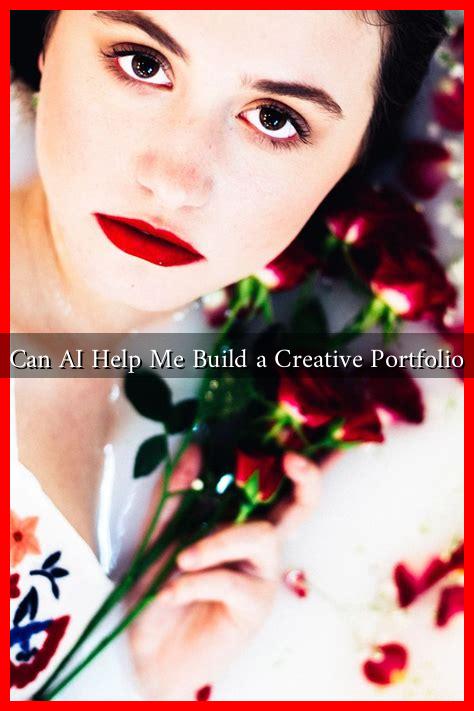-
Table of Contents
Can AI Help Me Build a Creative Portfolio?
In today’s digital age, having a creative portfolio is essential for artists, designers, writers, and other creative professionals. A well-crafted portfolio not only showcases your skills but also tells your unique story. With the advent of artificial intelligence (AI), the process of building a creative portfolio has become more accessible and efficient. This article explores how AI can assist you in creating a compelling portfolio that stands out in a competitive landscape.
The Role of AI in Portfolio Development
AI technologies have made significant strides in recent years, offering tools that can enhance creativity and streamline the portfolio-building process. Here are some ways AI can help:
- Content Generation: AI tools like OpenAI’s GPT-3 can assist in generating written content, helping you articulate your projects, experiences, and artistic vision.
- Design Assistance: Platforms like Canva and Adobe Spark utilize AI to suggest design layouts, color schemes, and typography that align with your style.
- Image Enhancement: AI-driven tools such as Adobe Photoshop’s neural filters can enhance images, making your artwork look more polished and professional.
- Personalization: AI algorithms can analyze user preferences and suggest portfolio layouts that resonate with your target audience.
Case Studies: Successful Use of AI in Portfolios
Several creative professionals have successfully integrated AI into their portfolio development. Here are a few notable examples:
- Graphic Designers: Designers using tools like Canva have reported a 30% increase in efficiency when creating visual content. The AI suggestions for layouts and color palettes help them focus on creativity rather than technical details.
- Writers: Authors leveraging AI writing assistants have found that they can produce drafts faster, allowing them to spend more time refining their work. For instance, a freelance writer used AI to generate blog post ideas, resulting in a 50% increase in client engagement.
- Photographers: Photographers using AI-based editing software have noted a significant reduction in post-processing time. For example, a wedding photographer reported that AI tools helped them edit photos in half the time, allowing them to deliver albums more quickly.
Statistics Supporting AI in Creative Fields
The impact of AI on creative industries is backed by compelling statistics:
- According to a report by McKinsey, 70% of companies are using AI to enhance their creative processes.
- A survey by Adobe found that 61% of creative professionals believe AI will significantly change the way they work in the next five years.
- Research from PwC indicates that AI could contribute up to $15.7 trillion to the global economy by 2030, with creative industries being a significant beneficiary.
Challenges and Considerations
While AI offers numerous benefits, there are challenges to consider:
- Over-reliance on AI: Relying too heavily on AI tools may stifle creativity and personal expression.
- Quality Control: AI-generated content may require human oversight to ensure quality and authenticity.
- Ethical Concerns: The use of AI in creative fields raises questions about originality and copyright.
Conclusion: Embracing AI for a Creative Edge
AI has the potential to revolutionize the way creative professionals build their portfolios. By leveraging AI tools for content generation, design assistance, and image enhancement, you can create a portfolio that not only showcases your skills but also reflects your unique artistic voice. However, it is essential to strike a balance between utilizing AI and maintaining your creative integrity. As the landscape of creative work continues to evolve, embracing AI can provide you with a competitive edge in your field.
For more insights on how AI is transforming creative industries, check out Adobe Sensei and explore the tools available to enhance your creative journey.

